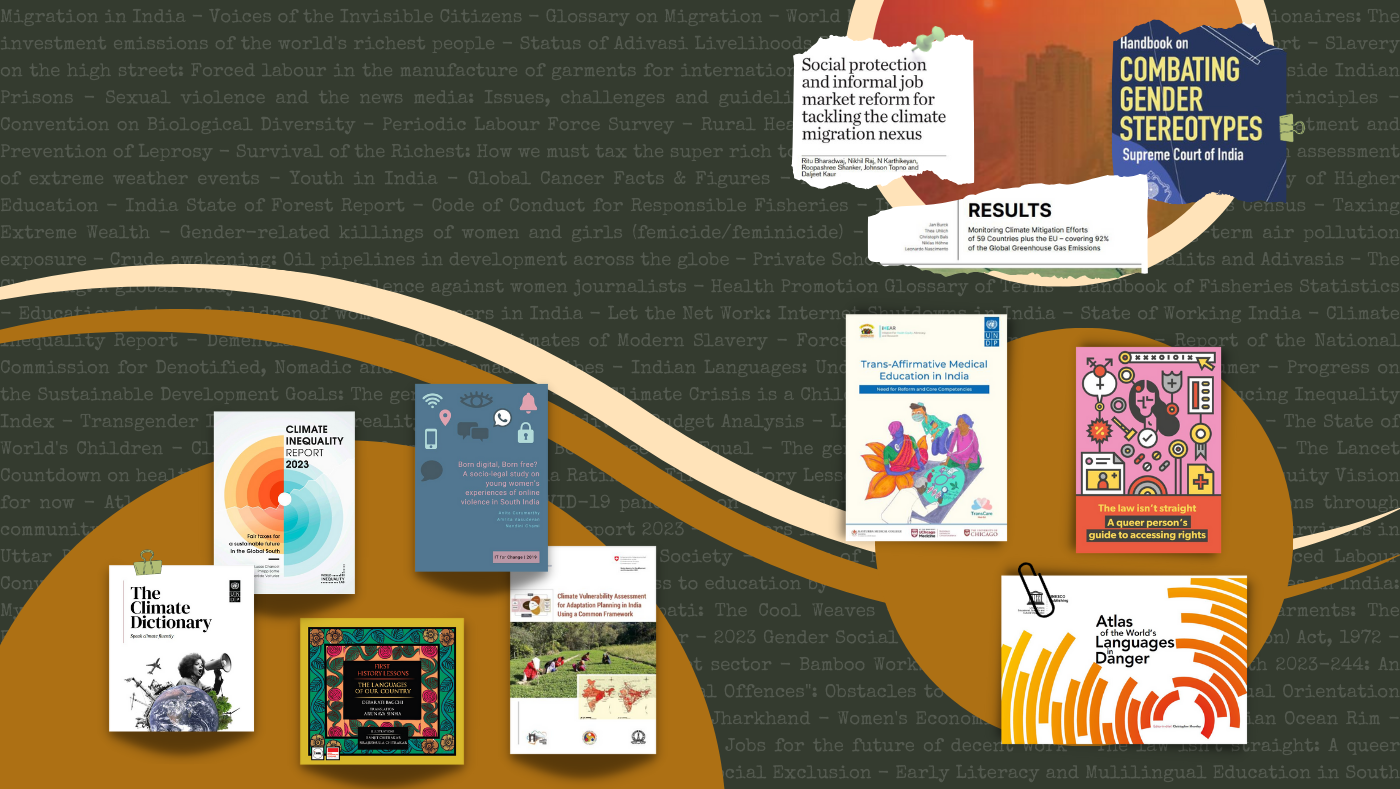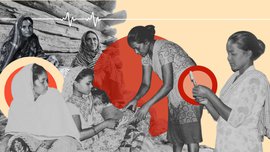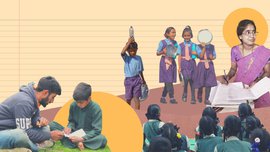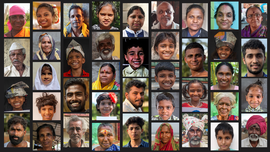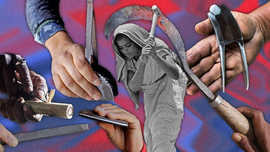2023 was a busy year.
India experienced extreme weather events almost every day between January and September. In September, the Lok Sabha passed the Women’s Reservation Bill to bring more women into the Lok Sabha and state assemblies, BUT, it will only be implemented in 2029. Meanwhile, data released by the National Crime Records Bureau showed 445,256 cases of crimes against women in 2022. In August, the Supreme Court released a handbook on combating gender stereotypes which suggested alternatives for certain ‘stereotype promoting’ terms even as a five-judge bench of the SC ruled against legal recognition for same-sex marriages . Nine states conducted state assembly elections and flare-ups along communal and caste lines dominated the news cycle. Between March 2022 and July 2023, the number of total billionaires in India rose from 166 to 174. The average unemployment rate among people aged 15-29 years stayed around 17.3 per cent in the first nine months of the year.
*****
With so much happening throughout the year, the Library worked to collate and stock relevant reports.
These ranged from acts and laws, books, conventions and charters, essays and anthologies to glossaries, government reports, pamphlets, surveys, articles – even a comic book adaptation of one of our stories!
One of our new projects this year was the Library Bulletin – an occasional round-up of PARI stories and resources on specific concerns. We published four of these this year, on women’s health , pandemic affected workers , the conditions faced by queer people in the country, and the state of education in rural India.

In the reports we carried, inequality in climate responsibilities revealed itself in how the richest 10 per cent of the world population contribute nearly half of the total carbon emissions , overshooting the limits necessary to contain global warming. This is despite the 2015 Paris Agreement that was adamant on the need to limit average global temperature within 1.5° above pre-industrial levels to prevent catastrophic climate extremes. Clearly, we are way off track.
Greenhouse gas emissions have instead grown by 40 per cent since 2000. The Indo-Gangetic plains – home to around 40 per cent of the country’s population – have now become the most polluted regions of India, and Delhi records the most polluted air of all megacities across the world. Several reports that crossed our desk indicated that although all of India faces climate risks, some states like Jharkhand and Odisha are especially vulnerable .
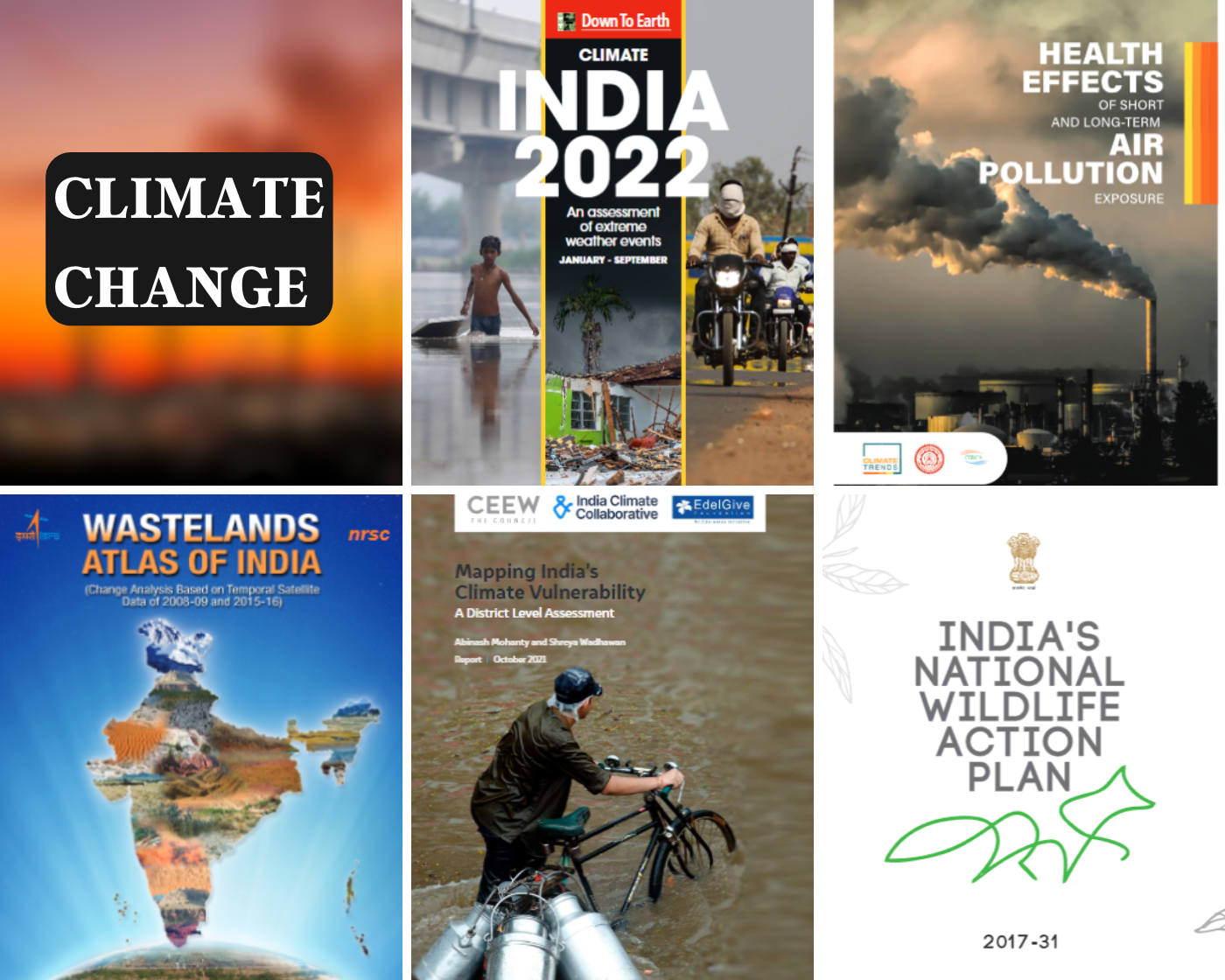
Nearly 20 million people in the country had to migrate due to climate-related hazards in 2020. Considering that around 90 per cent of the country’s workforce is informal in nature, effective social protection is the need of the time, added this report by the International Institute for Environment and Development.
Questions of informal employment and migration are inevitably linked to education by way of the children who migrate with their families. A survey of migrant households in Delhi NCR and Bhopal found that around 40 per cent of children belonging to migrant families were out of school.
The quarterly bulletins of the Periodic Labour Force Survey continued to be useful in tracking worker participation and unemployment rates as well as workforce distribution ratios across primary, secondary and tertiary sectors.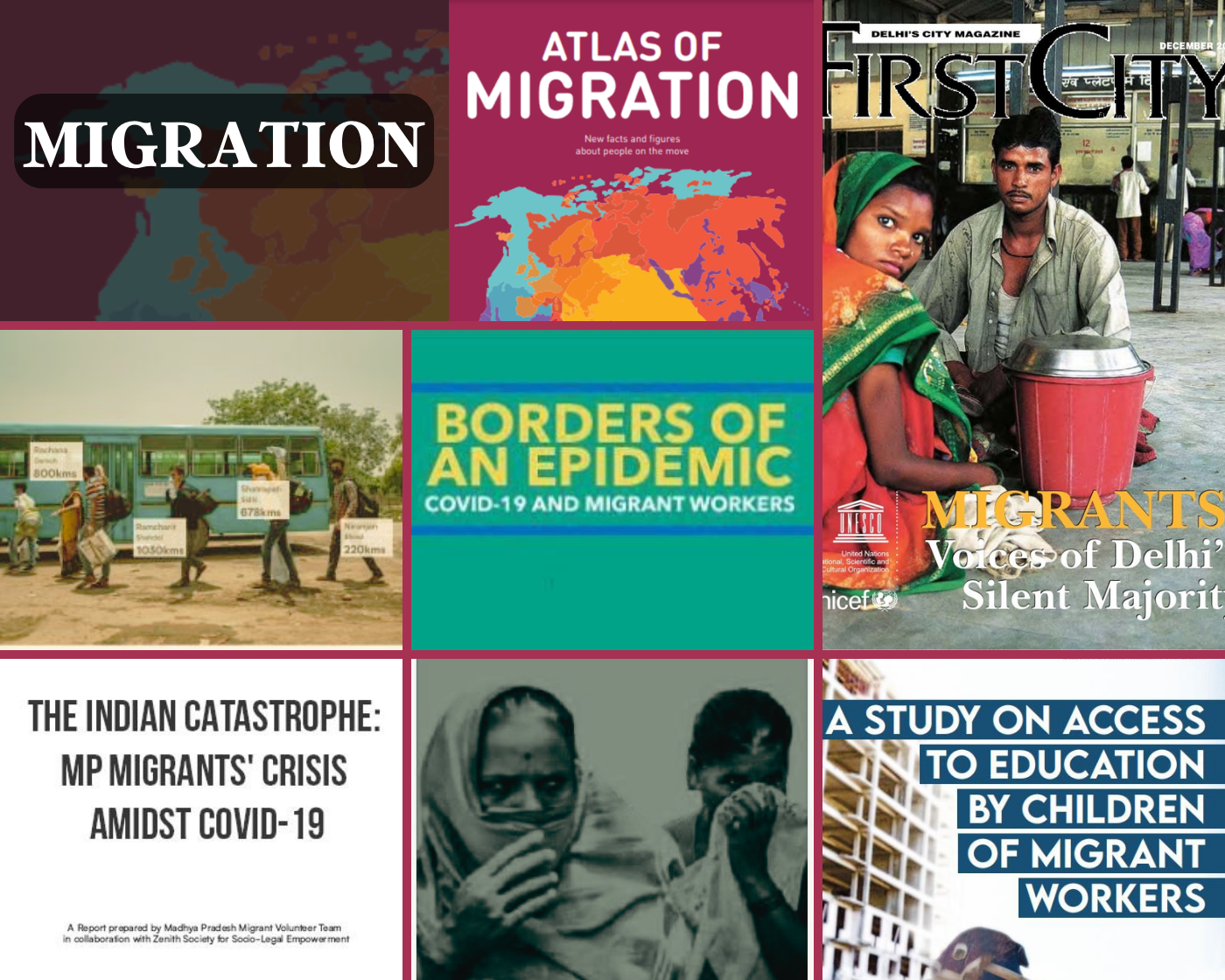
The changing media landscape was a popular concern this year. A
limited survey
showed that one-third of all Indians watch television daily, however only around 14 per cent read newspapers everyday. Another report found that
729 million Indians
were active internet users. And 70 per cent of those who consumed local news online, did so in Indian languages.
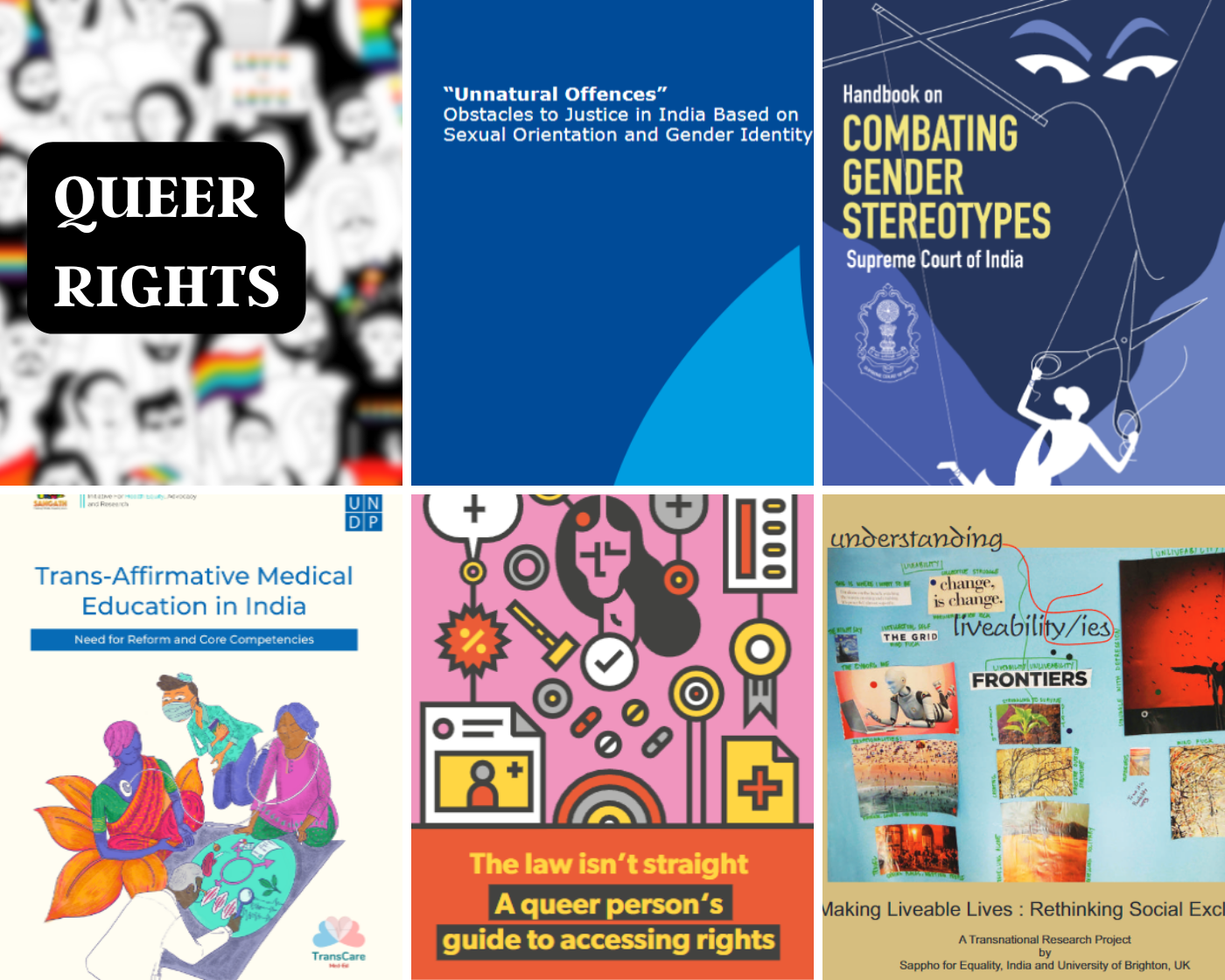
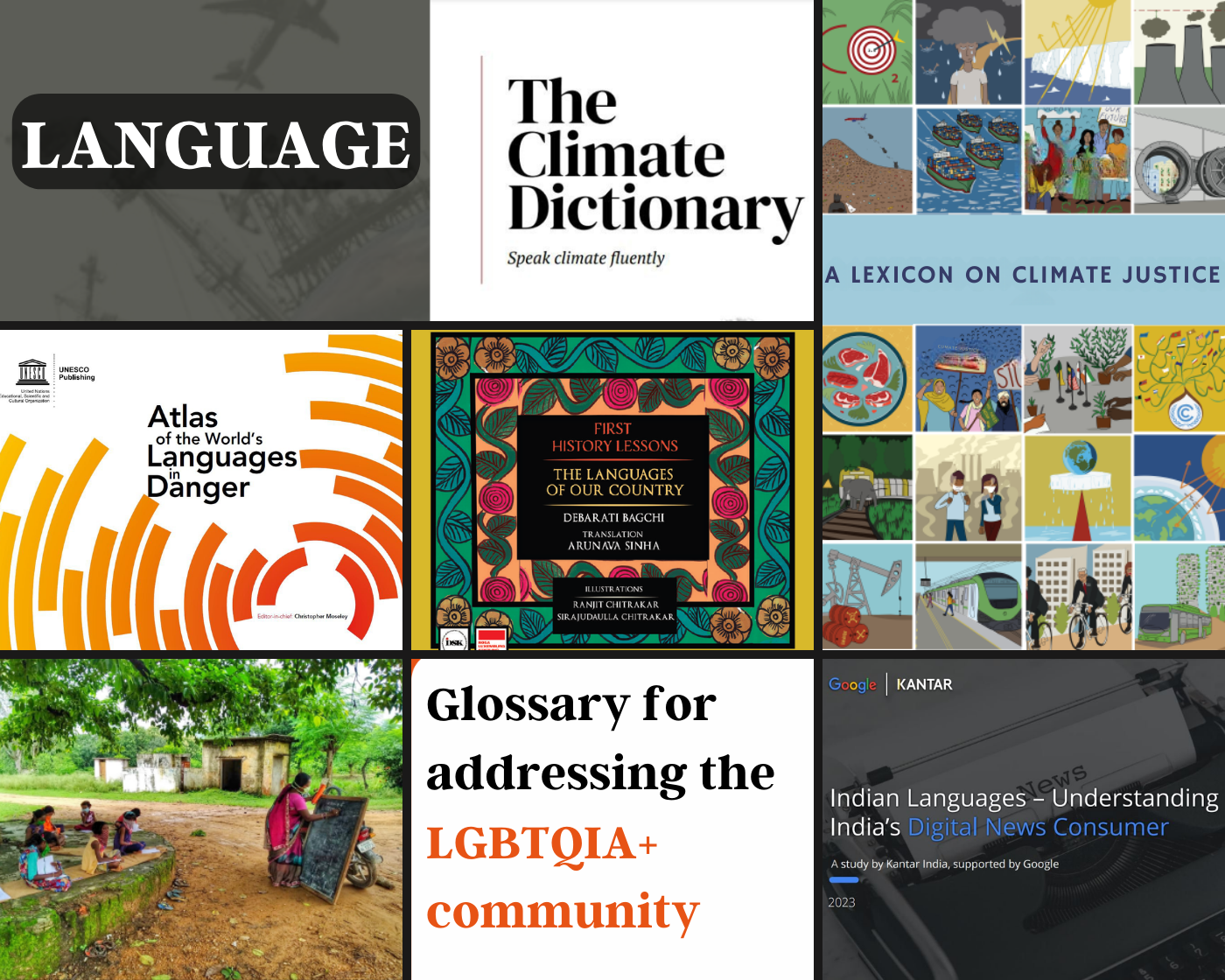
Bridging the gap between complex scientific jargon and the general public, the
Climate Dictionary
helped us speak climate a little more fluently. This
atlas
we carried, highlighted the shrinking linguistic diversity of the world, recording almost 300 languages to be under threat in India.
And 'Language' got a
room
of its own in the PARI Library! Among dozens of reports, the room houses
First History Lessons
which brings forth the connections between language and power by trailing the changes in Bangla, its dialects, and their history. The Library also began hosting the
Linguistic Survey of India
reports, with one in place and many more to come next year.
2023 was a busy year. 2024 will be busier. Keep popping in to check out what’s new!
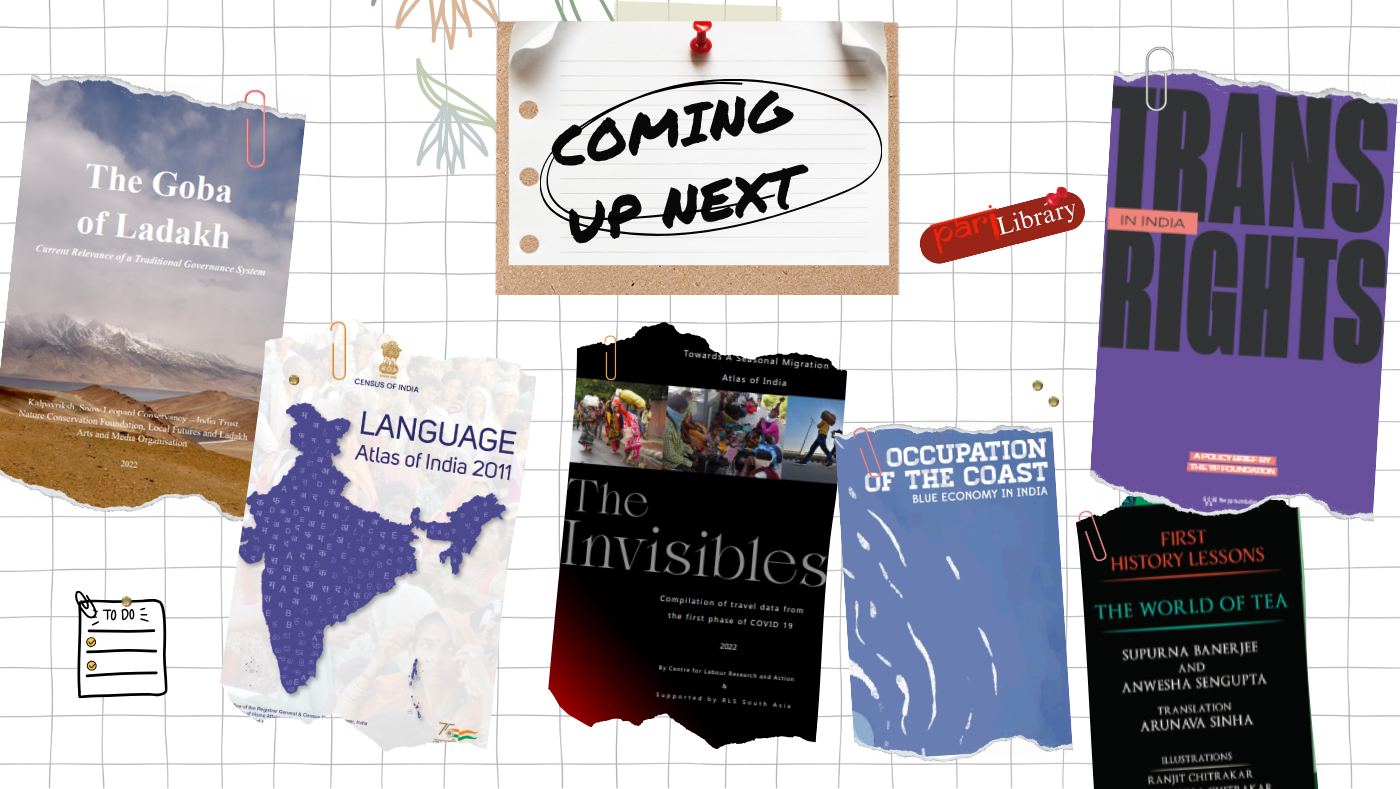
To volunteer with PARI Library, write to [email protected]
If the work we do interests you and you would like to contribute to PARI, please write to us at [email protected]. We welcome freelance and independent writers, reporters, photographers, film makers, translators, editors, illustrators and researchers to work with us.
PARI is a not-for-profit and we rely on donations from people who appreciate our multilingual online journal and archive. If you would like to contribute to PARI please click on
DONATE
